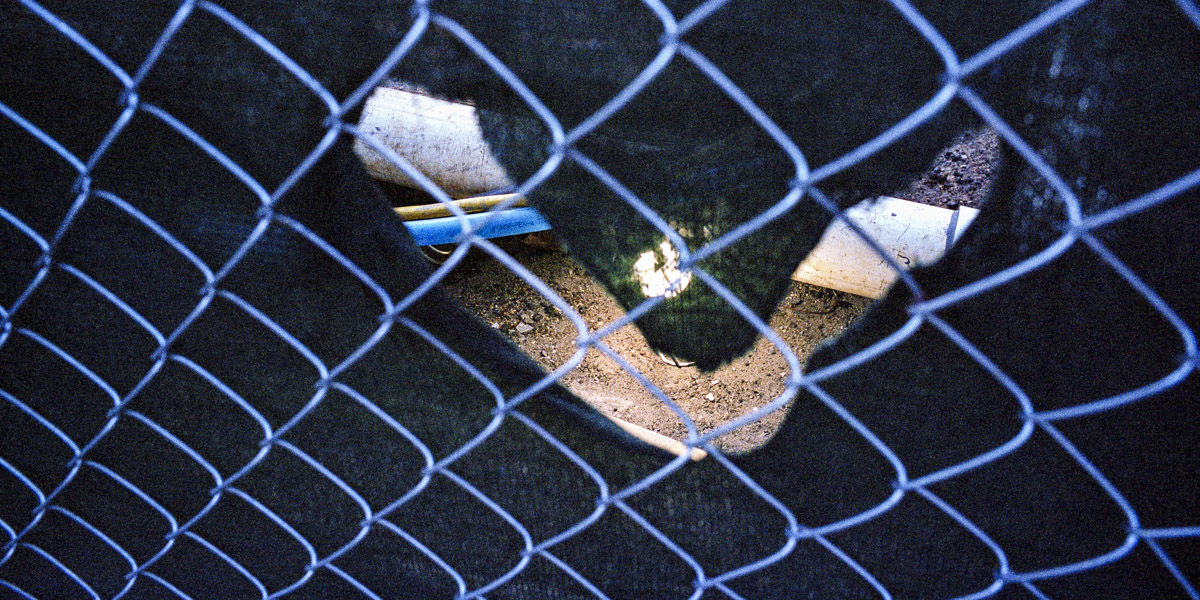I was surprised and a bit proud to see my son’s name in my aggregator this morning. Rajesh Jain linked to him today in his Emergic.org weblog. My son decided to write an introduction to mesh networking as a way to introduce the concept to non-technical folks and also by posting it on his weblog he hoped the mesh networking community would comment and correct any errors in his thinking.
He has been interested in mesh networking for some time and has been thinking about business opportunities since he is getting closer to graduating from the University of Arizona. His primary interest is enabling community access to the internet in underserved communities in both the U.S. and overseas (he has a dual major, Computer Science and Chinese).
I suggested he start a weblog and use it to track his research and connect with the community. I think he’s doing a great job – now here’s to a successful venture!
Here’s the links:
[via Corante]Sean Fioritto has a introductory guide:
bq.. A mesh node is essentially a smart repeater. Each node contains information about where all the other nodes in the mesh are located. It uses this information to determine the fastest route to send an incoming data packet to its end destination. (This is why it’s called a routing protocol). Also, (and this is a guess on my part), a mesh node could look at an incoming packet, determine if it is corrupt, and then request a new packet itself rather than pass the bad packet along and leave it up to the destination computer to make the request. This way requests for bad packets are distributed throughout the network of nodes and not concentrated at the outer nodes, like in the repeater model.
A mesh is also self-configuring and self-healing. Let’s go back to our park model. You have a user that complains about a dead spot right at his favorite bench by the pond. You’re now using a mesh to cover the park, so this is no problem. You know that the traffic on one of your nodes is really slow, so you decide to move that node closer to the aforementioned bench. Two things happen when you do this. First, when you remove the node the nodes that were within transmitting distance notice that it’s no longer there. They then reconfigure their routing tables, (the set of best paths for data packets), and notify the nodes around them. This continues until all the nodes have modified their routing tables to no longer use the node you removed. Now you install the node in its new location. That node automatically begins sending out broadcasts letting the nodes around it know that it’s there. Those nodes in turn start sending back information to that node and telling the nodes around them until the entire network has once again reconfigured itself.
